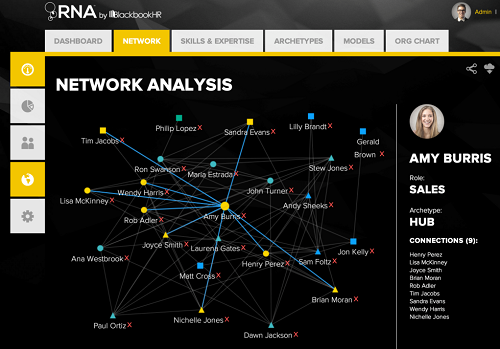I love baseball. There is a concept in baseball where a pitcher will ‘burn’ a pitch, here and there. Basically, it means that the pitcher isn’t actually trying to throw a strike, they are using this pitch to set up another pitch. For intensive purposes, the pitcher is wasting that pitch for the greater good.
Have you ever done that in HR and hiring? Have you ever burned a hire?
I have.
In large organizations you sometimes have to burn hires to prove points and/or get hiring managers on your side. I remember a time when we first started using a very complex pre-employment assessment. The hiring managers hated it. They didn’t believe in the science. They didn’t believe what the assessment was telling us.
That’s the funny thing about really good assessments. They only work if you, and your organization, are bought in to the belief that using this assessment, in the long run, is going to give us better hires overall.
In this instance I’ve allowed hiring managers to hire individuals who the hiring managers love, but the assessment told us was going to fail, knowing I was probably right. I was willing to burn a hire, to prove a point about the greater good of the tools we were using. I wouldn’t continue doing this, but sometimes you have to be willing to prove out your beliefs. This sets up the assessment for future success, and ultimately better hires.
I’m also willing to burn hires on executive referrals. Too many times in my career I’ve been contacted by high level executives and board members of the companies that have ‘requested’ I get a job for their kids, or their sister’s kid, or some other family member. For the most part, on average, these hires are horrible. But, I’ve learned that fighting this is never a good career move, so you burn a hire.
When I talk to HR people about doing this, many a very much against burning hires, or at the very least, willing to admit they burn hires! Rarely, will you find a HR or Talent Pro willing to state publicly they burn hires, but behind closed doors we know this happens often. Sometimes the battle isn’t as important as the war your fighting internally, so you let hires go through the process you would normally stop.
This doesn’t make you bad at HR or Recruiting, this makes you strategic. Like the pitcher, you’re just setting yourself and your organization for success. To do that sometimes you just have to burn a hire here and there.

